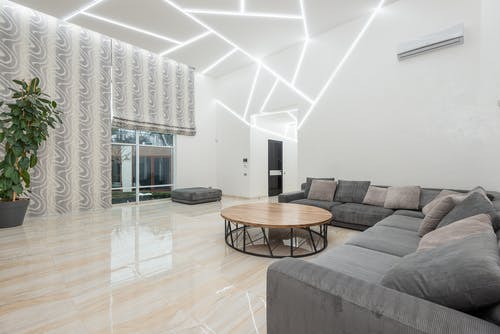
What Are the Best Outdoor Lighting Options for Energy Efficiency?
Outdoor lighting serves multiple purposes, from enhancing security and safety to creating an inviting atmosphere for evening gatherings. However, with growing concerns about energy conservation and environmental impact, selecting the most energy-efficient outdoor lighting options has become a priority for homeowners and businesses.
Traditional incandescent and halogen bulbs are gradually being phased out in favor of more sustainable alternatives that offer significant energy savings. Here are some top choices that combine energy efficiency with functionality and aesthetic appeal:
1. LED Lighting
-
Advantages: LED (Light-Emitting Diode) lights are the most energy-efficient outdoor light fixtures styles option available today. They consume significantly less energy than traditional incandescent and even compact fluorescent lights (CFLs) while offering a longer lifespan, often up to 25,000 hours or more. LEDs come in various styles and brightness levels, making them suitable for all outdoor lighting needs, from pathways to security lighting.
-
Features: LEDs offer high lumens per watt, providing more light output for less energy input. They are also highly durable and can operate effectively in various temperatures, making them ideal for outdoor environments. Additionally, LEDs reach full brightness instantly and are available in different color temperatures to suit various preferences and applications.
2. Solar-Powered Lights
-
Advantages: Solar-powered lights harness energy from the sun during the day and store it in batteries to power the lights at night. This makes them incredibly energy-efficient and environmentally friendly, as they do not rely on electricity from the grid. Solar lights are ideal for areas where electrical wiring is impractical or costly.
-
Features: These lights are typically equipped with built-in sensors that automatically turn the lights on at dusk and off at dawn, ensuring efficient energy use. Solar lights are available in various designs, including path, wall-mounted, and garden lights. While their performance depends on the sunlight they receive, advancements in solar technology have made them more reliable and robust.
3. Motion Sensor Lights
-
Advantages: Motion sensor lights enhance energy efficiency by only activating when detecting motion. This ensures that lights are only on when needed, significantly reducing energy consumption compared to lights that remain on throughout the night. They are handy for security purposes, illuminating areas such as driveways, backyards, and entryways only when movement is detected.
-
Features: Motion sensor lights can be combined with LED technology for maximum efficiency. They often have adjustable sensitivity and duration settings, allowing users to customize the detection range and how long the light stays on after detecting motion. Some models also include dusk-to-dawn sensors that prevent the lights from activating during daylight hours, making them an excellent option for outdoor curb appeal solutions.
4. Low-Voltage Landscape Lighting
-
Advantages: Low-voltage lighting systems operate on 12 volts instead of the standard 120 volts of household current. This reduced voltage translates to lower energy consumption and safer installation and operation. Low-voltage lights highlight landscape features, garden paths, and architectural elements.
-
Features: These systems typically include a transformer that reduces the standard voltage to a safer and more energy-efficient level. Low-voltage lights are available in various styles, including spotlights, pathway lights, and decorative fixtures. They offer installation flexibility and can be easily repositioned to adapt to changing landscape designs.
5. Smart Outdoor Lighting
-
Advantages: Smart outdoor lighting systems can be controlled remotely via smartphone apps, allowing users to optimize their energy use. These systems enable scheduling, dimming, and integration with other smart home devices, providing convenience and additional energy savings.
-
Features: Smart lights often come with color-changing capabilities, voice control compatibility (with assistants like Alexa or Google Assistant), and programmable routines. Users can set schedules for lights to turn on and off automatically, adjust brightness levels, and even monitor energy consumption through the app. For those exploring landscape lighting options in NJ, this level of control ensures that lights are only used when necessary, enhancing overall energy efficiency.
6. Compact Fluorescent Lights (CFLs)
-
Advantages: CFLs are more energy-efficient than traditional incandescent bulbs, using about 75% less energy and lasting up to 10 times longer. They are suitable for various outdoor applications where consistent light is needed, such as porch lights or wall sconces.
-
Features: CFLs are available in different wattages and color temperatures, providing options for different lighting needs and preferences. While they are not as energy-efficient or long-lasting as LEDs, they still offer a substantial improvement over incandescent bulbs in terms of energy savings and longevity.
Wrapping Up
When selecting outdoor lighting options for energy efficiency, consider the specific needs of your outdoor space, such as security, aesthetic appeal, and functionality. LEDs and solar-powered lights are generally the best choices for maximizing energy savings and reducing environmental impact. Motion sensor lights, low-voltage systems, and smart lighting solutions further enhance efficiency by ensuring lights are only used when necessary and providing greater control over energy consumption.



